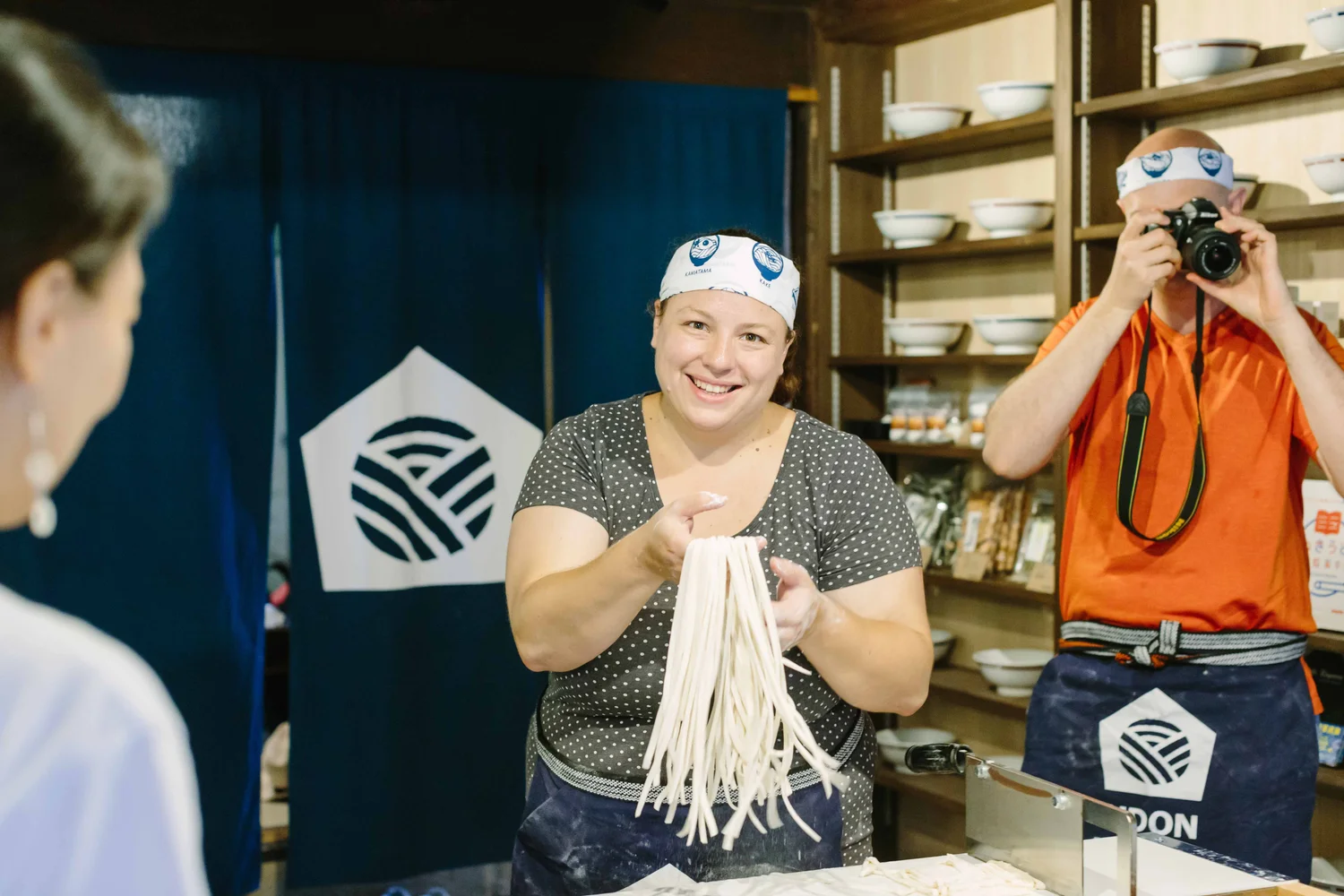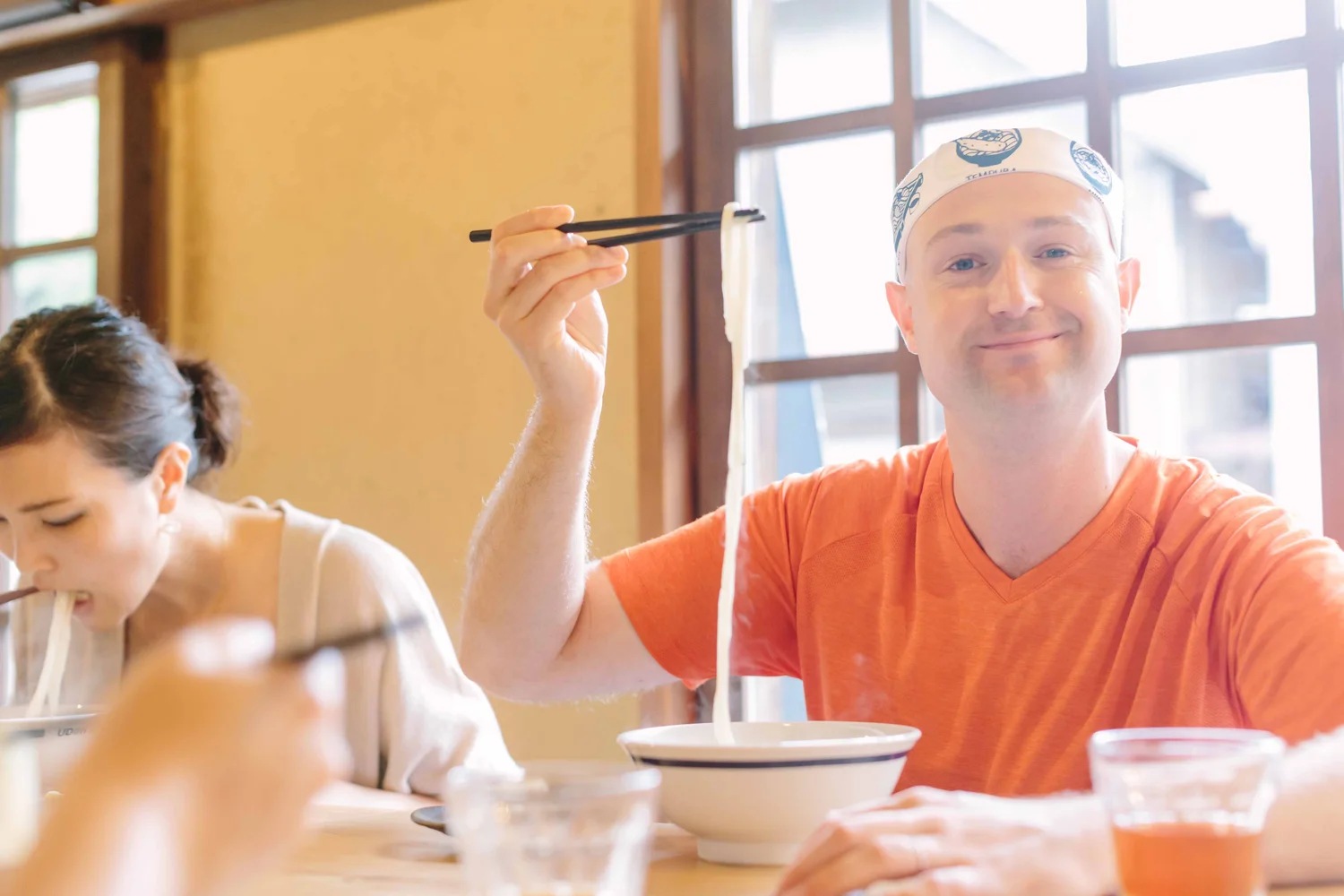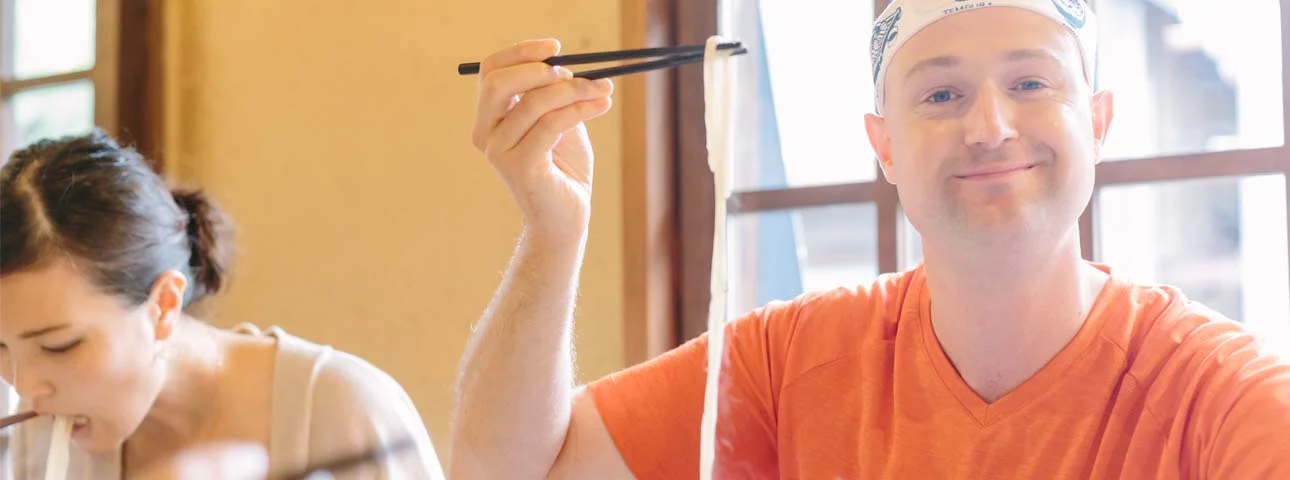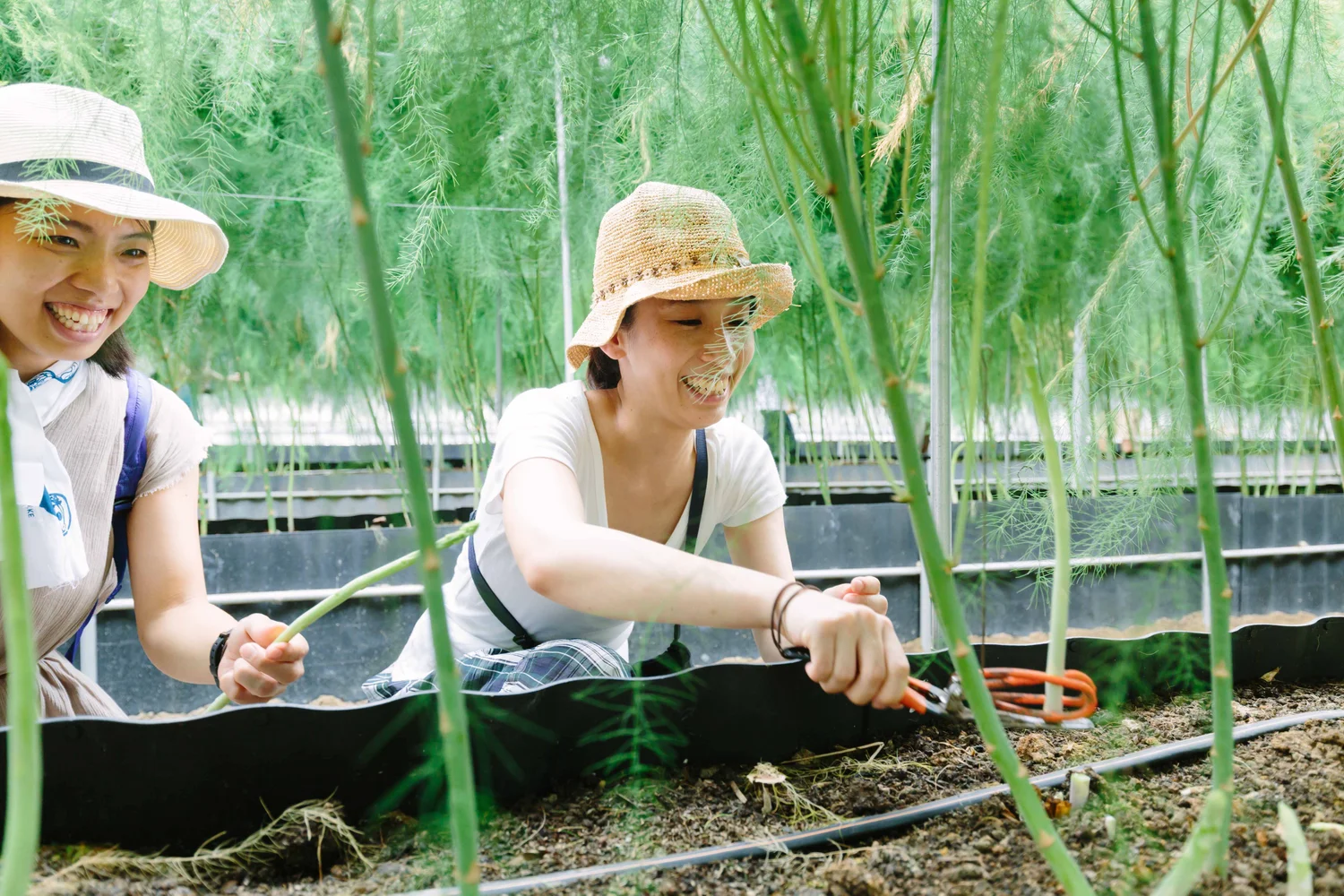Sanuki Udon Noodle-Making Masterclass in Mitoyo, Kagawa
Overview
This masterclass will teach you all there is to know about Kagawa's signature dish: Sanuki udon, which is famous across Japan. Visit a local farm to pick vegetables for side dishes, and learn all the techniques to make the perfect bowl of udon.
Highlights
- Try not only the classic udon recipe, but also different variants, some of which have unique toppings
- If you still can’t get enough of udon, stay overnight (for an additional fee) to go udon-hopping for breakfast
- An in-depth, hands-on class — spend practically an entire day learning how to make udon
- Learn about udon from the experts in the udon capital of Japan
- Meet Kagawa's locals and tour a farm to see how vegetables are freshly and carefully sourced
Key Information
Description
Kagawa Prefecture is considered the udon capital of Japan for being the birthplace of Japan's most famous udon variant. When you visit, don't just sample udon — learn the best ways to make these thick noodles from the experts! This masterclass is a hands-on, in-depth workshop that will teach you all the techniques involved in creating the perfect bowl of Sanuki udon. Named after the former name of Kagawa, Sanuki udon noodles are known for being firm yet chewy, and are practically synonymous with udon nowadays. Kagawa itself has over 600 udon shops, and Sanuki udon restaurants can be found all over Japan. This prefecture's climate is ideal for growing wheat, which is why it's a hub for udon. In principle, this activity is available all year round, but there may be irregular closings (we will let you know if this is the case). Including registration, it lasts for about 7 hours, and roughly follows this itinerary: 12:00 — Registration 13:00 — Introduction; learn the basics about udon; learn to knead udon 14:00 — 'Dashi' (soup stock) and umami experience. Learn about dashi, a common ingredient in Japanese cuisine: what it is, how to make it, how to bring out its umami flavor, etc. 14:45 — Udon tasting 15:00 — Field work: tour a local farm to pick vegetables for side dishes or toppings 17:00 — Roll and cut dough with an udon-cutting machine 17:30 — Learn about the different types of udon. Boil noodles in a huge, cauldron-sized pot, and sample a range of udon variants for dinner. Mix and match toppings as you like to enjoy some unique twists on the classic bowl of udon 19:00 — Activity ends



